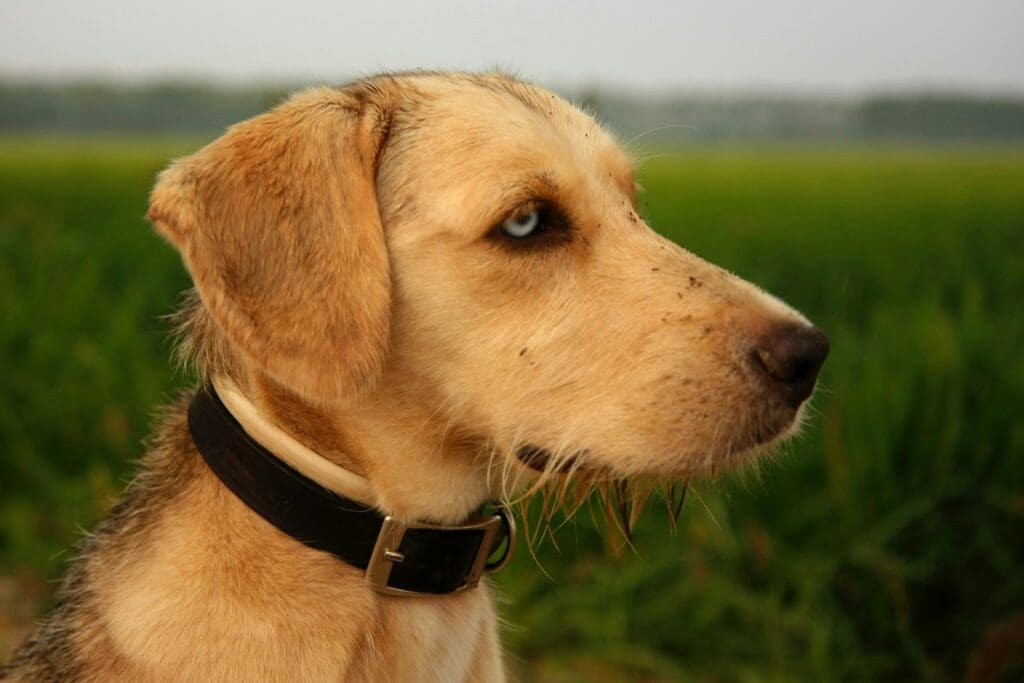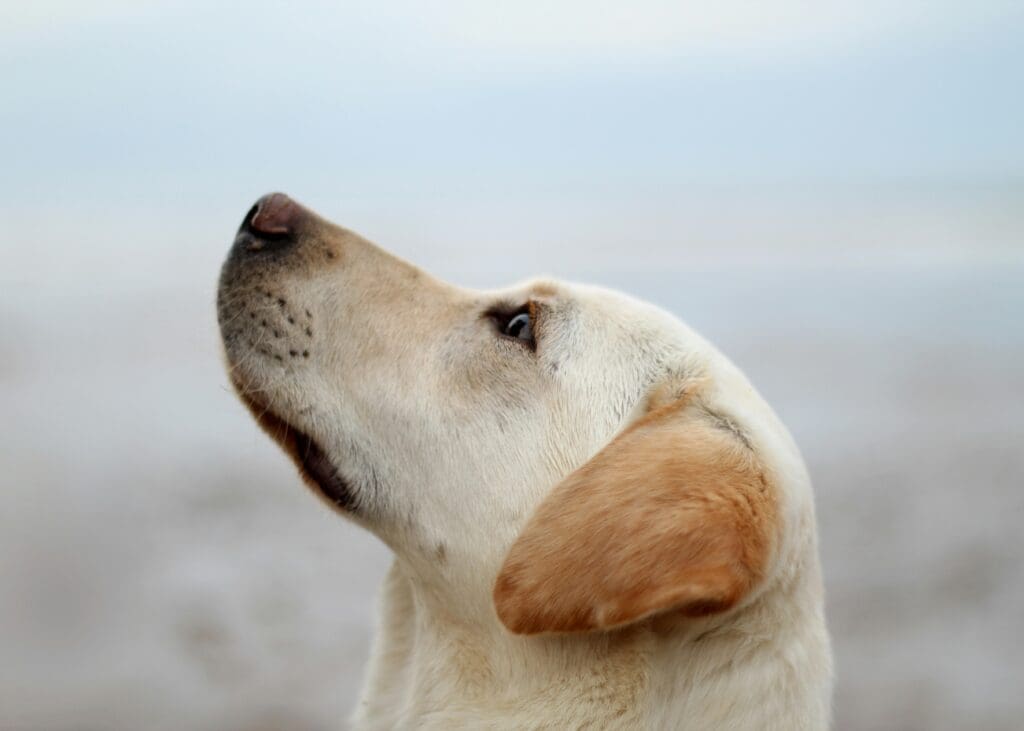How a Dog’s Nose Leads the Way
If you’ve ever watched a dog outside, nose pressed to the ground and tail wagging in excitement, you’re seeing the world through their most powerful sense — smell. Dogs don’t just use their noses; they rely on them. From identifying other animals to detecting danger or simply figuring out what’s for dinner, a dog’s nose is the gateway to their world.
A Superpowered Sniffer
Dogs have up to 300 million olfactory receptors in their noses — compare that to a human’s 5 million. And the part of their brain that analyzes smells? It’s about 40 times larger than ours. That’s why they can distinguish individual ingredients in your stew or recognize another dog’s scent even days after it’s been left behind.
This incredible ability gives dogs a map of the world we can’t see. To them, a walk around the block is like scrolling through a highly detailed newsfeed full of stories about who’s been there, what they were doing, and how long ago.
Scent as Communication
Dogs use scent to communicate. When they sniff another dog’s behind, they’re not being rude — they’re exchanging information. Glands around the tail secrete chemicals that tell other dogs about sex, age, health, and mood. It’s their version of a handshake and a biography in one.
This scent-driven communication also extends to people. Dogs can tell when you’re anxious, sick, or even pregnant through changes in your scent. This is why trained dogs can detect things like low blood sugar, seizures, and even certain cancers.
Scent Memory and Emotions
Smell is also linked to memory in dogs. If you’ve ever returned from a long trip and your dog instantly lights up, it’s not just your voice or face — it’s your familiar smell that reassures them. Scents from favorite places or people can bring comfort or spark excitement.
Dogs may even be able to detect emotions through smell. Cortisol (a stress hormone) is released in our sweat, and dogs can detect the changes. This is part of how they know when we’re upset, often before we’ve even said a word.
Sniffing as Enrichment
Because a dog’s nose is so important, it’s crucial to give them opportunities to use it. Letting your dog sniff on walks isn’t just “wasting time.” It’s mental enrichment, stress relief, and a way for them to truly engage with their environment.
You can also try scent games at home:
-
Treat hide-and-seek: Hide small treats around the house for them to find.
-
Scented toys: Use toys with compartments that can hold scent strips or food.
-
Scent trails: Create a trail using treats or a drag toy to lead them to a prize.
These games aren’t just fun — they’re satisfying for a dog’s brain and can help burn energy without needing a ton of physical exertion.
Jobs That Use the Nose
A dog’s nose is so reliable that humans have trained them to do incredible things:
-
Search and rescue: Finding missing people in the wilderness or disaster zones
-
Drug and bomb detection: Sniffing out illegal or dangerous substances
-
Medical detection: Identifying health conditions before humans notice symptoms
Some dogs have even been trained to detect electronics hidden by criminals — proving once again that the nose knows.
Final Sniff
Your dog’s nose is their most valuable tool for understanding the world. It connects them to you, other animals, and their environment in a way that’s almost magical. Next time you’re on a walk and your pup stops to sniff a blade of grass for what feels like a full minute, try to be patient — they’re reading the world, one scent at a time.


